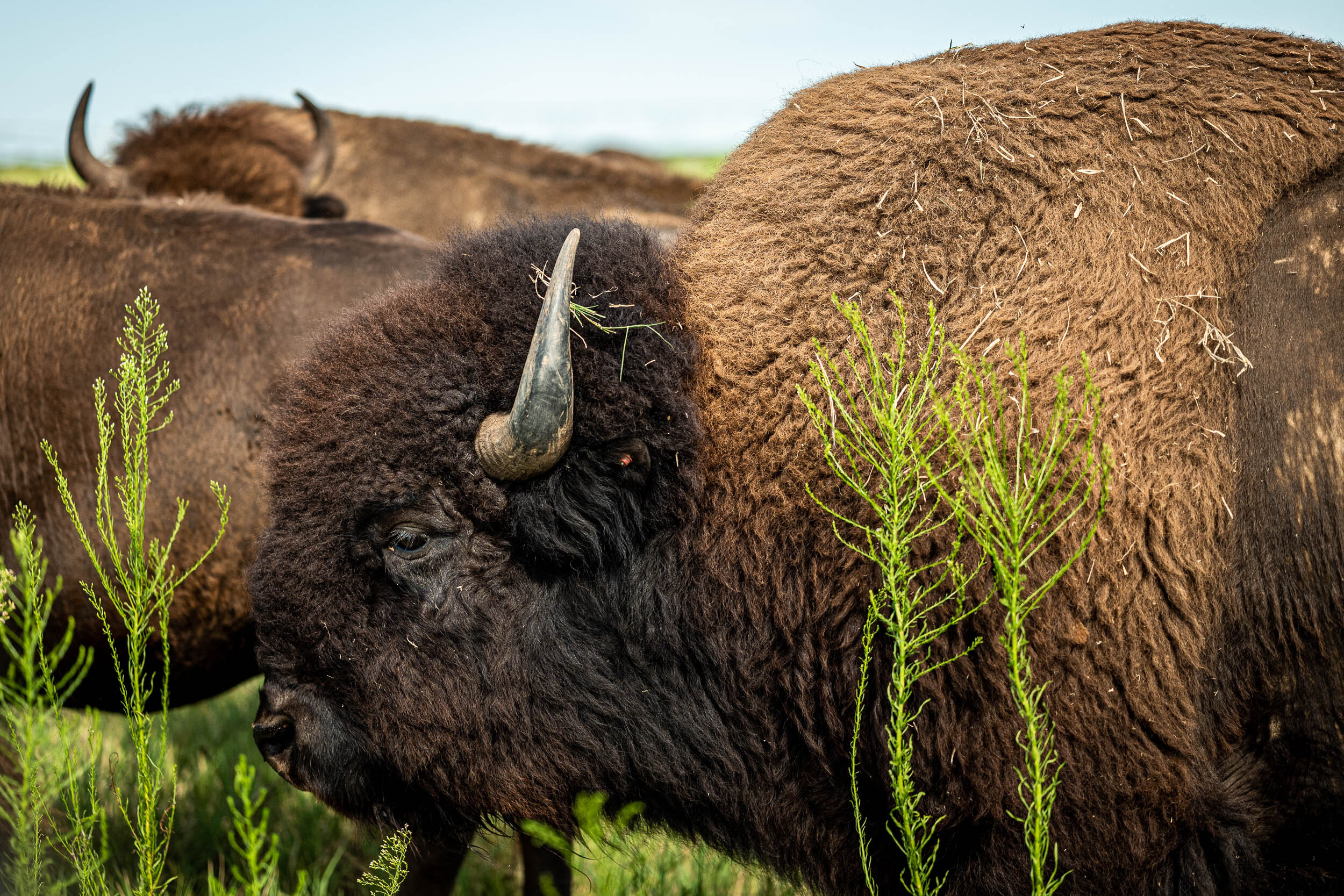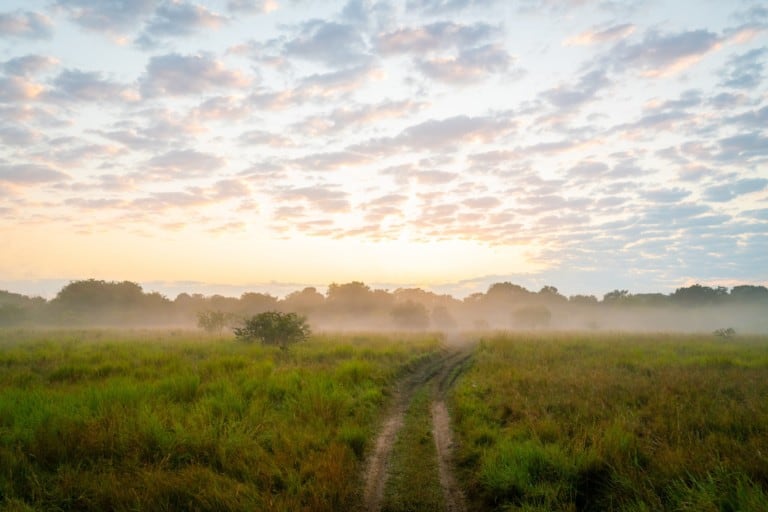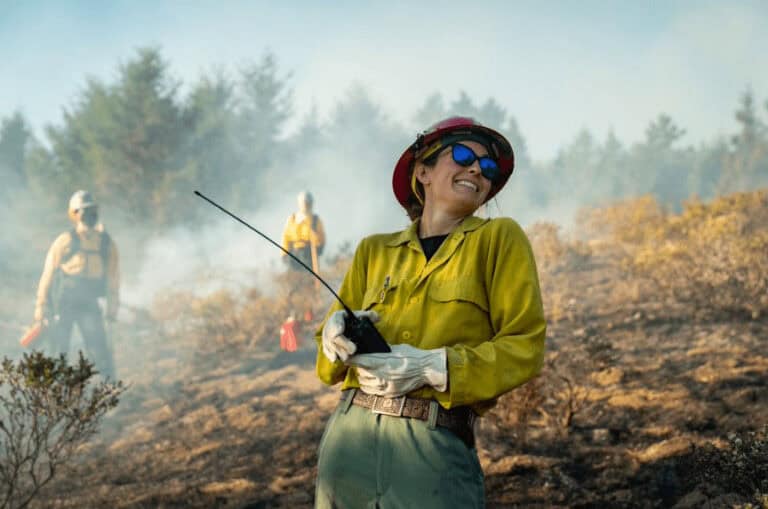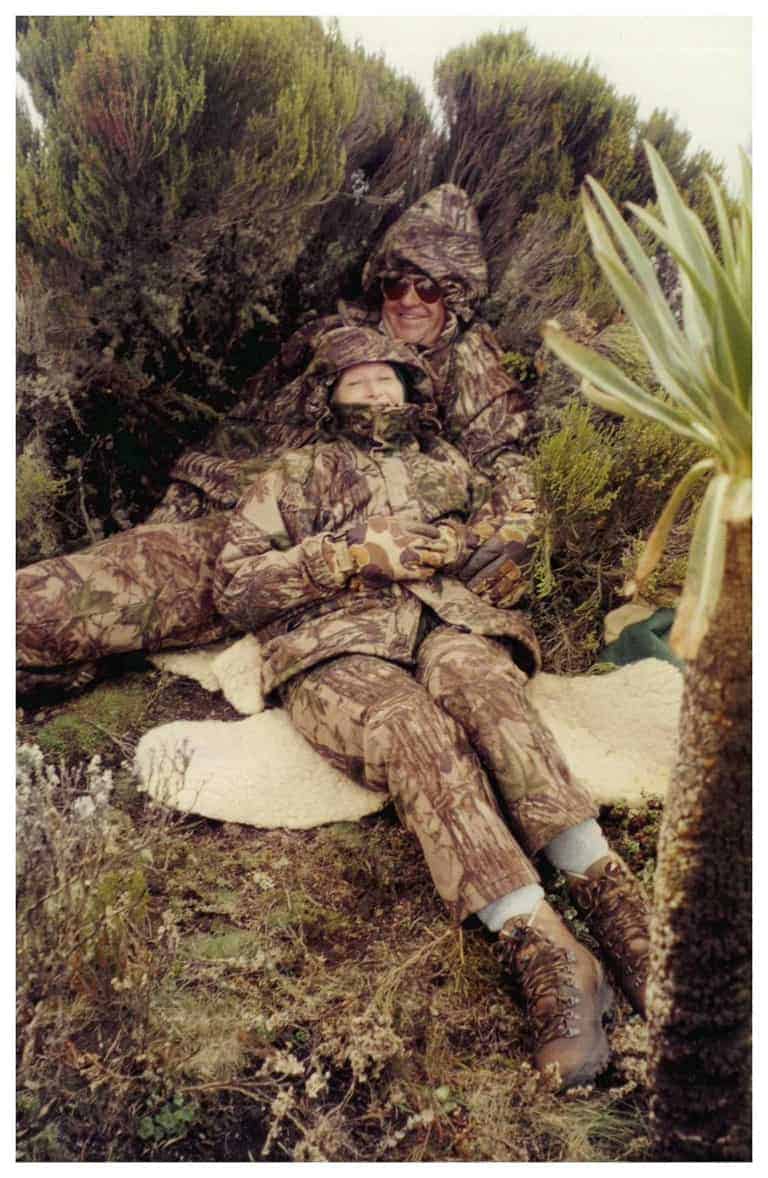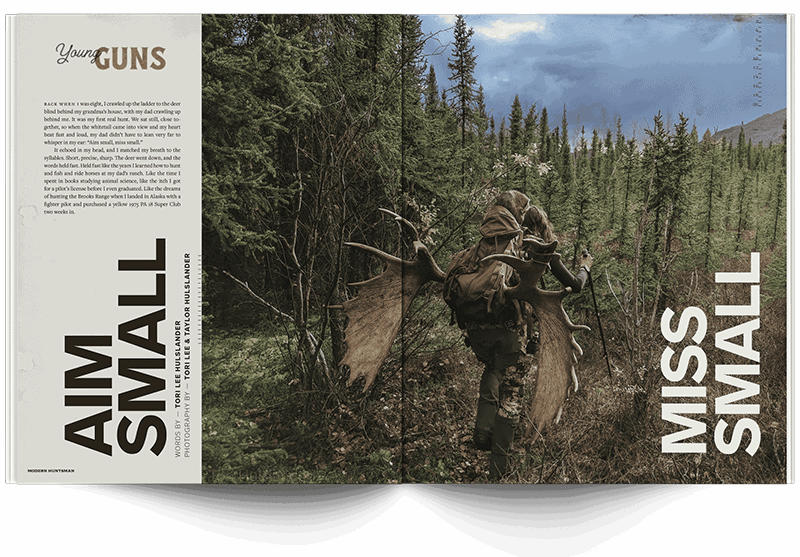In the wake of fires set purposefully ablaze across the southern Amazon earlier this year to create more land for cattle grazing, coupled with cattle ranked at the very top of the list of agriculture’s contributors to annual greenhouse gas emissions worldwide, it’s safe to say that the beef industry and animal agriculture are facing a crisis. Many are calling for humans to simply eat less meat and more alternative protein products, as if this might be the golden ticket to reverse climate change, improve human health and end factory farming.
But bison ranchers Katie Forrest and Taylor Collins have a different idea: the way to save the planet is not to eat less meat, it’s to eat better meat.
Six years ago, as avid athletes competing in marathons and Ironman races, Katie and Taylor were practicing vegans. They trusted the conventional wisdom of the time — which prescribed superior athletes a high carbohydrate, low-fat diet, and little to no meat consumption
When Katie found that her body was still breaking down, despite adhering to a strict “clean diet,” she figured she must not be eating “clean” enough. She decided to go from vegetarian to vegan, thinking that would make her feel better, faster, stronger. Instead, her body continued to degenerate. Katie visited more than five health practitioners in Austin, who prescribed treatments from arthritis medication to exploratory knee surgery, with no positive results. She then visited a holistic health practitioner who recommended radically shifting her diet of grains, tofu, soy and highly processed proteins to one of high quality, grass-fed animal proteins. Katie was desperate to feel better and to perform at her best, so she committed to the shift.
“Taylor and I are pretty extreme in things we commit to. If we’re going to sign up for a
